So what is a Teagle Toucan? It is essentially a modified JF silage harvester mounted on to a frame and attached to a Teagle silage trailer to create the Toucan. The concept was designed to be an efficient one-man silage harvesting outfit.
The Teagle Toucan was first tested in 1978 before being launched by Teagle at the Smithfield show in London in 1981. The Teagle Toucan first caught the attention of a young Drew Vaughan at a spring machinery show in Dublin a number of years later. Drew, who was 15 at the time, collected a leaflet and aspired to once own a similar machine.
Purchasing
After searching Ireland for a secondhand Toucan, Drew contacted Geoff Osbourne, the director of Teagle Machinery Ltd in Cornwall, England. Geoff passed on contact details of David Cowking, a Teagle dealer in Clithroe, Yorkshire, at the time. Drew later visited the UK and purchased a machine which David sourced locally.
The distinctive machine landed on the Vaughan family farm in 1999. The harvester and frame was purchased without the trailer as the previous owner decided he wanted to retain it. Connolly Engineering in Leitrim then designed a 16ft trailer to attach to the main frame, which originally came with a 14ft trailer.
Usage
Every year since purchasing the precision chop harvesting machine, the Toucan has lifted between 60 to 70 acres of silage on the Vaughan family farm. On an average day, Drew commented that the machine is capable of lifting 15 acres when the draw is relatively near the pit.
“The Toucan is the most cost-effective way of putting in grass with two men and two modest tractors,” Drew said. Over the years, the machine has also given the added benefit of being used for zero-grazing.
The grass is mowed out in either 8ft or 10ft swarths with the gates narrowed in to allow the 4ft pick-up reel an opportunity to gather the swath. The Toucan was initially pulled with a two-wheel-drive Massey Ferguson 590 powered by a four-cylinder engine rated at just 75hp.
However, Drew felt he needed a slightly heavier tractor with a little more power. In 2000, Drew purchased a new John Deere 6210 SE. The John Deere, rated at 90hp and a little heavier, proved the perfect fit for the Teagle Toucan and has powered the machine ever since.
Design
The Teagle Toucan was regarded for its simple design. The trailer could be removed from the frame and used as a conventional trailer. If the chute was slightly modified it could be used for side-filling into another trailer.
Originally, Teagle designed three Toucan models – namely the Toucan 6, 8 and 10. These models had the same harvesting unit. However, the difference was based on the trailer size. The number stood for tonnage. The 6t model came with a single-axle trailer while the larger models came with tandem-axle trailers. Teagle later added a Toucan 7 to the range.
The Vaughans’ machine was branded as a Toucan 8 but due to the later addition of a 16ft trailer it essentially became a Toucan 10. On measuring this particular machine, we found that it was 25ft from the end of the trailer to the towing eye.

Two steel wheels are used to support the pick-up reel.
The only major modification that differentiates the Toucan from a JF harvester is the re-positioning of the gearbox from the side to the centre of the machine as it runs directly behind the tractor.
I asked Drew if he felt the machine had any design faults. He informed me that if an unexperienced driver was to operate the machine then it was easy to block the chute as the trailer filled up.
Maintenance
Drew remarked that the machine has operated trouble-free over the years. He carries out all of the maintenance on the machine himself. Every September, when the silage is gathered, the machine is pulled into the shed and thoroughly gone through. He explained that the maintenance is straightforward and he replaces the bearings in the pick-up reel every two to three years. Tines are replaced when needed and the 36 knives are occasionally sharpened. The machine is cleaned down and sprayed with a diesel/oil mix to protect it throughout the winter months.
Drew explained that the machine is never left wanting and it receives anything it has ever needed. He explained that sourcing parts has never been an issue due to the number of JF harvesters dispersed across the country. The machine is greased twice per day when it’s in use. Over the years, Drew has made a number of modifications to it, including beefing up the tensioning system for the belts and adding extra guards to the pick-up reel to avoid dragging grass along the ground.

Sales
It is believed that relatively small numbers of new Toucans were sold throughout the country. In Ireland, the main distributor was JF Farm Machines (RI) Ltd based in Drogheda, Co Louth, while there were two distributors in Northern Ireland, namely Jfarms in Co Armagh and Johnston Gilpin & Co Ltd in Co Down. It is estimated that there were roughly 10 machines sold new in the North and a comparable number sold in the Republic, with further secondhand machines such as the one the Vaughans imported. Drew believed that the Toucan enjoyed a spell of popularity on smaller farms across Wales and in pockets of the UK, particularly around Yorkshire.
The list price of the entry Teagle Toucan in 1982 was £8,650. The JF harvester on its own was about £2,000 cheaper.
So what is a Teagle Toucan? It is essentially a modified JF silage harvester mounted on to a frame and attached to a Teagle silage trailer to create the Toucan. The concept was designed to be an efficient one-man silage harvesting outfit.
The Teagle Toucan was first tested in 1978 before being launched by Teagle at the Smithfield show in London in 1981. The Teagle Toucan first caught the attention of a young Drew Vaughan at a spring machinery show in Dublin a number of years later. Drew, who was 15 at the time, collected a leaflet and aspired to once own a similar machine.
Purchasing
After searching Ireland for a secondhand Toucan, Drew contacted Geoff Osbourne, the director of Teagle Machinery Ltd in Cornwall, England. Geoff passed on contact details of David Cowking, a Teagle dealer in Clithroe, Yorkshire, at the time. Drew later visited the UK and purchased a machine which David sourced locally.
The distinctive machine landed on the Vaughan family farm in 1999. The harvester and frame was purchased without the trailer as the previous owner decided he wanted to retain it. Connolly Engineering in Leitrim then designed a 16ft trailer to attach to the main frame, which originally came with a 14ft trailer.
Usage
Every year since purchasing the precision chop harvesting machine, the Toucan has lifted between 60 to 70 acres of silage on the Vaughan family farm. On an average day, Drew commented that the machine is capable of lifting 15 acres when the draw is relatively near the pit.
“The Toucan is the most cost-effective way of putting in grass with two men and two modest tractors,” Drew said. Over the years, the machine has also given the added benefit of being used for zero-grazing.
The grass is mowed out in either 8ft or 10ft swarths with the gates narrowed in to allow the 4ft pick-up reel an opportunity to gather the swath. The Toucan was initially pulled with a two-wheel-drive Massey Ferguson 590 powered by a four-cylinder engine rated at just 75hp.
However, Drew felt he needed a slightly heavier tractor with a little more power. In 2000, Drew purchased a new John Deere 6210 SE. The John Deere, rated at 90hp and a little heavier, proved the perfect fit for the Teagle Toucan and has powered the machine ever since.
Design
The Teagle Toucan was regarded for its simple design. The trailer could be removed from the frame and used as a conventional trailer. If the chute was slightly modified it could be used for side-filling into another trailer.
Originally, Teagle designed three Toucan models – namely the Toucan 6, 8 and 10. These models had the same harvesting unit. However, the difference was based on the trailer size. The number stood for tonnage. The 6t model came with a single-axle trailer while the larger models came with tandem-axle trailers. Teagle later added a Toucan 7 to the range.
The Vaughans’ machine was branded as a Toucan 8 but due to the later addition of a 16ft trailer it essentially became a Toucan 10. On measuring this particular machine, we found that it was 25ft from the end of the trailer to the towing eye.

Two steel wheels are used to support the pick-up reel.
The only major modification that differentiates the Toucan from a JF harvester is the re-positioning of the gearbox from the side to the centre of the machine as it runs directly behind the tractor.
I asked Drew if he felt the machine had any design faults. He informed me that if an unexperienced driver was to operate the machine then it was easy to block the chute as the trailer filled up.
Maintenance
Drew remarked that the machine has operated trouble-free over the years. He carries out all of the maintenance on the machine himself. Every September, when the silage is gathered, the machine is pulled into the shed and thoroughly gone through. He explained that the maintenance is straightforward and he replaces the bearings in the pick-up reel every two to three years. Tines are replaced when needed and the 36 knives are occasionally sharpened. The machine is cleaned down and sprayed with a diesel/oil mix to protect it throughout the winter months.
Drew explained that the machine is never left wanting and it receives anything it has ever needed. He explained that sourcing parts has never been an issue due to the number of JF harvesters dispersed across the country. The machine is greased twice per day when it’s in use. Over the years, Drew has made a number of modifications to it, including beefing up the tensioning system for the belts and adding extra guards to the pick-up reel to avoid dragging grass along the ground.

Sales
It is believed that relatively small numbers of new Toucans were sold throughout the country. In Ireland, the main distributor was JF Farm Machines (RI) Ltd based in Drogheda, Co Louth, while there were two distributors in Northern Ireland, namely Jfarms in Co Armagh and Johnston Gilpin & Co Ltd in Co Down. It is estimated that there were roughly 10 machines sold new in the North and a comparable number sold in the Republic, with further secondhand machines such as the one the Vaughans imported. Drew believed that the Toucan enjoyed a spell of popularity on smaller farms across Wales and in pockets of the UK, particularly around Yorkshire.
The list price of the entry Teagle Toucan in 1982 was £8,650. The JF harvester on its own was about £2,000 cheaper.





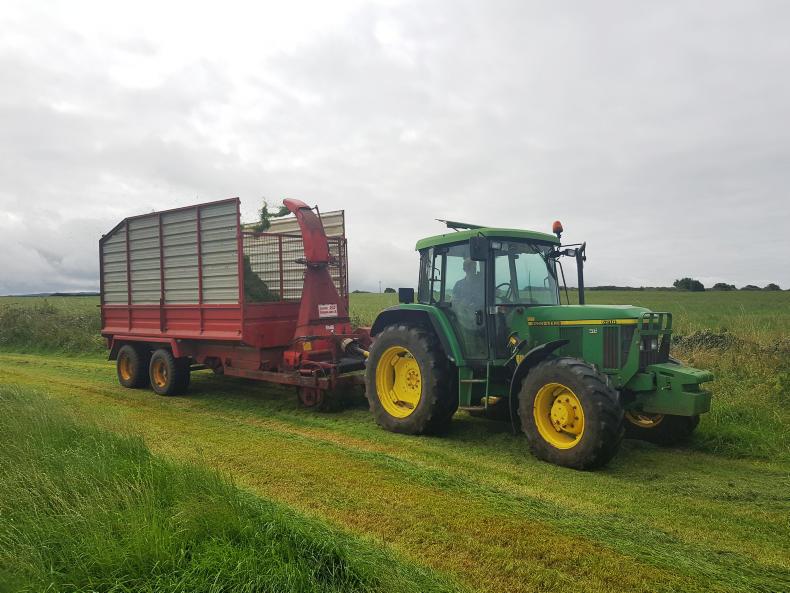

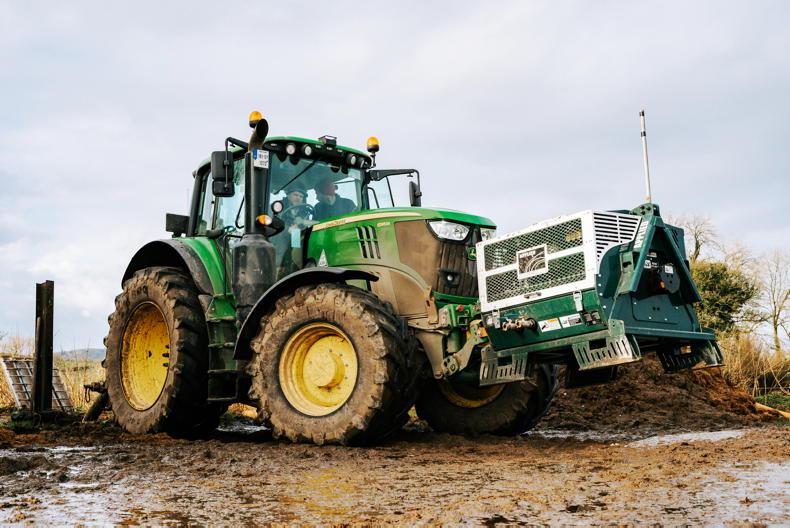

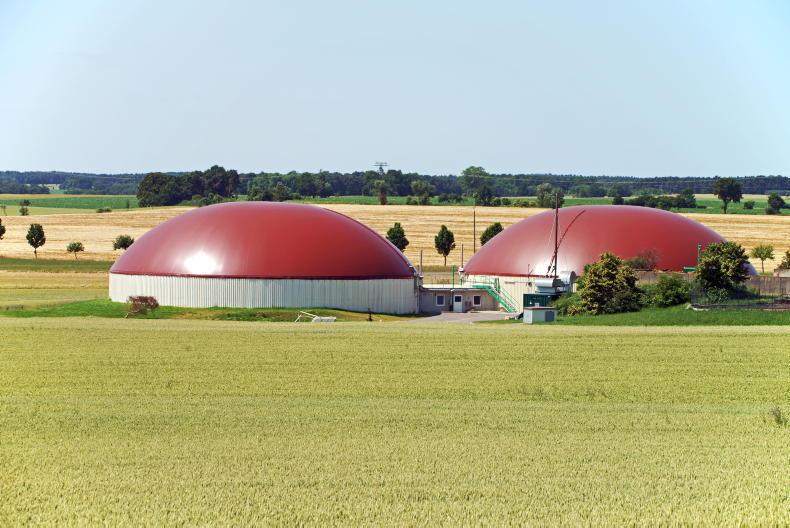
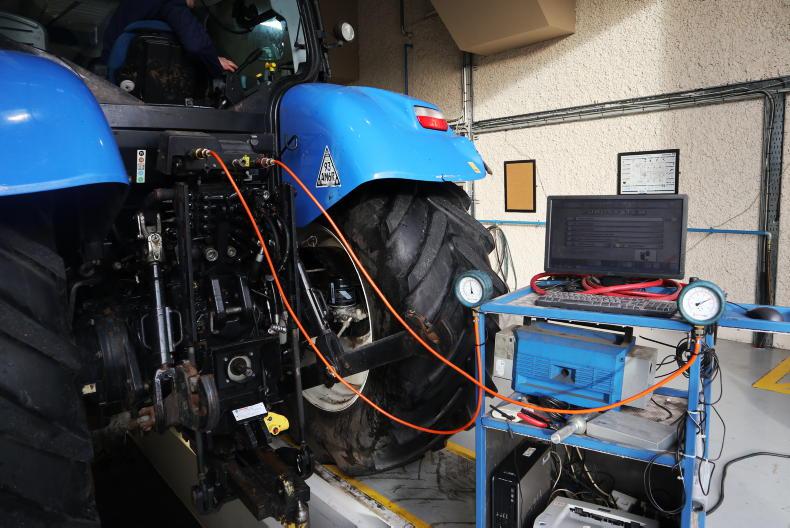
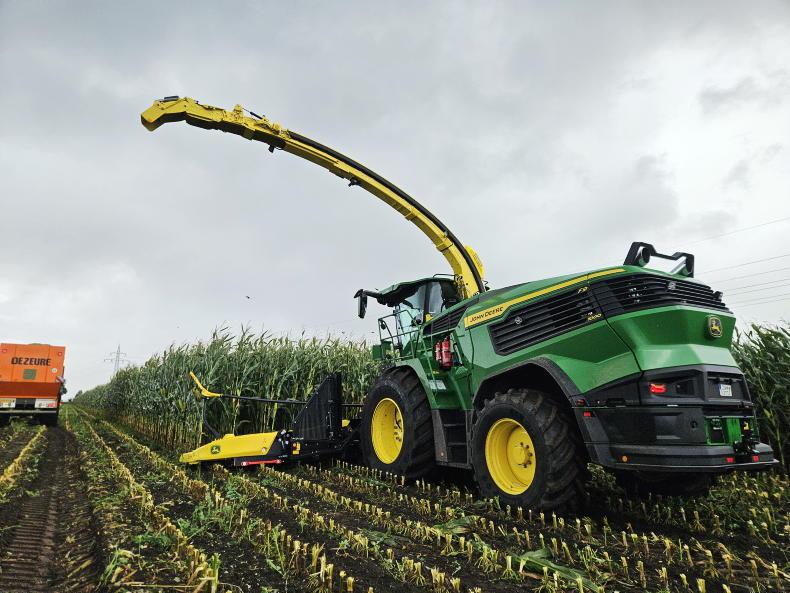
SHARING OPTIONS